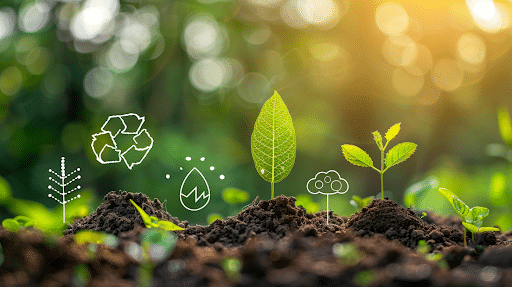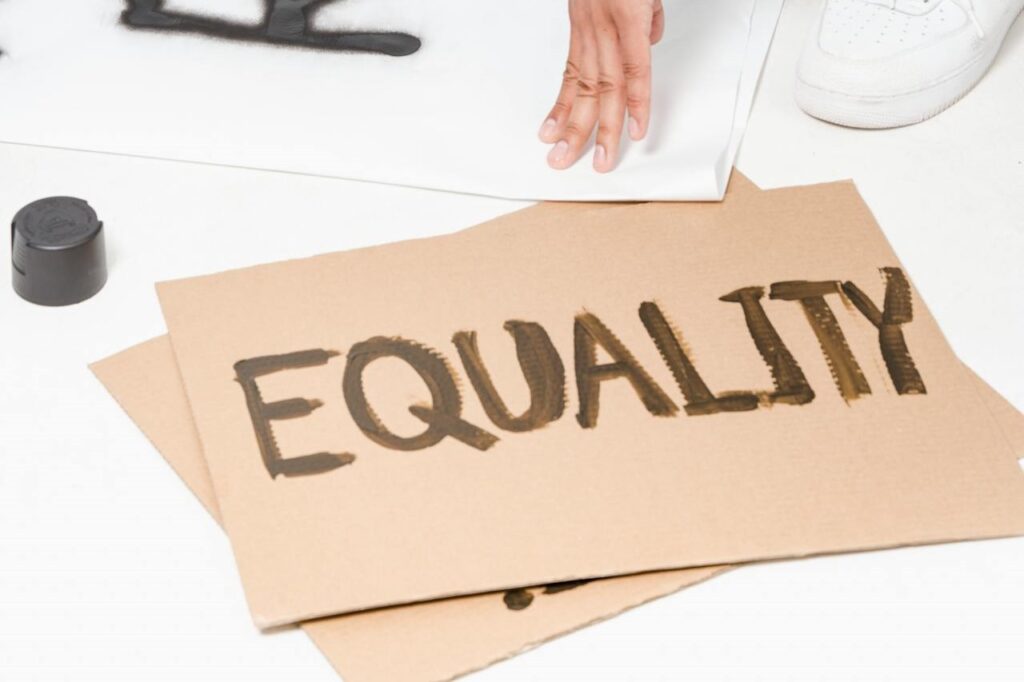Does the concept of sustainable development interest you? Do you want to deepen your knowledge? The 3 pillars of sustainable development are the foundations on which an effective strategy for a more respectful future for our planet is based. They are essential to understand the environmental, economic, and social challenges that we face while proposing concrete courses of action.
In this article, we invite you to explore these three essential pillars of sustainability, which chart the path toward balanced and responsible management of our natural resources, for the well-being of current and future generations.
This journey involves a commitment to minimizing greenhouse gas emissions and fostering sustainable practices that support the environment, economics, and social progress.
The environmental pillar: a global approach

At the heart of sustainable development, the environmental pillar embodies the desire to preserve our planet for future generations. It is a global approach including innovation and respect for the environment, which are essential to guarantee a sustainable balance between the needs of humanity and the capacity of nature to provide its resources.
It is not just about reducing our ecological impact through individual actions, but adopting a global approach integrating the concepts of responsible consumption, circular economy, and ecological transition.
This pillar emphasizes different actions within the same framework, such as reducing carbon emissions and the use of fossil fuels, or fostering biodiversity to mitigate the impact of human activities on the planet.
Innovation and respect for the environment
Innovation plays a crucial role in our society and in sustainable development goals. For example, it allowsfor the creation of recycled packaging, the integration of manufacturing processes that consume less energy in terms of raw materials, and the development of biodegradable products.
These technological advances not only aim to minimize the environmental impact, but also to encourage a responsible economy and consumption to address environmental issues.
The economic pillar: supporting the local community and creating value

The economic pillar is based on the idea of having a model of sustainable development that generates value while actively supporting the local community and ecological projects. This dimension seeks to harmonize economic development and social equity, ensuring a fair distribution of wealth and sustainable growth.
At the heart of this approach, the emphasis is placed on the participation of all stakeholders, such as businesses, consumers, social organizations, and states with public policies.
Commitment to families and the community
The commitment of families is manifested through concrete actions aimed at enriching their daily lives and strengthening the social and economic fabric. On the individual level, families can buy products or services that contribute directly to the local economy. If we take a step back and look on a larger scale, local and national governments can implement policies that will promote certain green initiatives (buying electric cars, insulation work, etc.).
These collective efforts help create a more cohesive and sustainable society, where everyone, from youngest to oldest, plays an active role in building a better future.
The social pillar: building ethical and sustainable relationships

The social pillar plays a crucial role by promoting equity, human rights (press freedom, justice, equality, etc.), and social cohesion. It represents the commitment to practices that respect human rights, encouraging education and culture for all.
Through these actions, social development seeks to ensure that each member of the community can live in an environment that values and protects their quality of life. It adds a cultural and social dimension that is sometimes forgotten when we talk about sustainable development.
Education on environmental sustainability: a key role
Parents and teachers have a key role to play in environmental education; they prepare future generations to become conscious players in environmental sustainability. Doing outdoor activities and gardening projects are concrete examples that help forge a sustainable society.
What to remember
In conclusion, and as stated by Inger Andersen, executive director of the United Nations Environment Program, “We can’t work in isolation if we are to end the triple planetary crises,” referring to the three pillars of sustainable development, as well as all local and international, public and private players.
Adopting an action plan based on these three aspects (environmental sustainability, social sustainability, and economic sustainability) is essential to minimize negative impacts on our Earth and improve living conditions for current and future generations. By integrating practices that are respectful of the environment, economically viable, and socially equitable, we lay the foundations for a future where every aspect of our society contributes to harmonious development.
Cascades Fluff & Tuff® invests in family and community well-being with concrete corporate sustainability initiatives. By offering responsible products, such as biodegradable toilet paper and recycled paper towels, we try to encourage a daily routine that is gentler for the environment and support local economic growth in Quebec.










